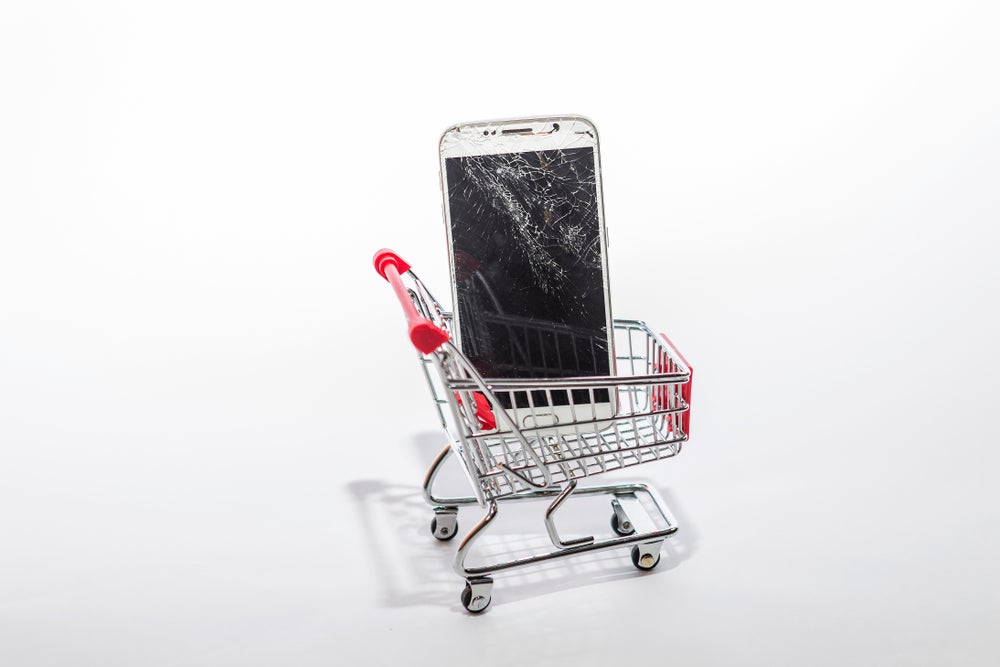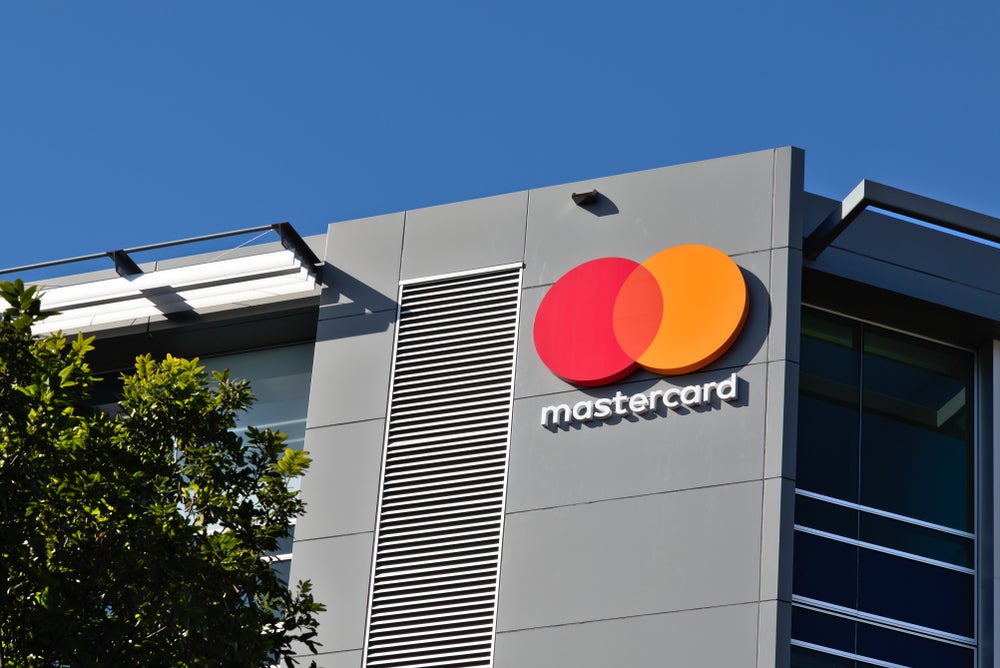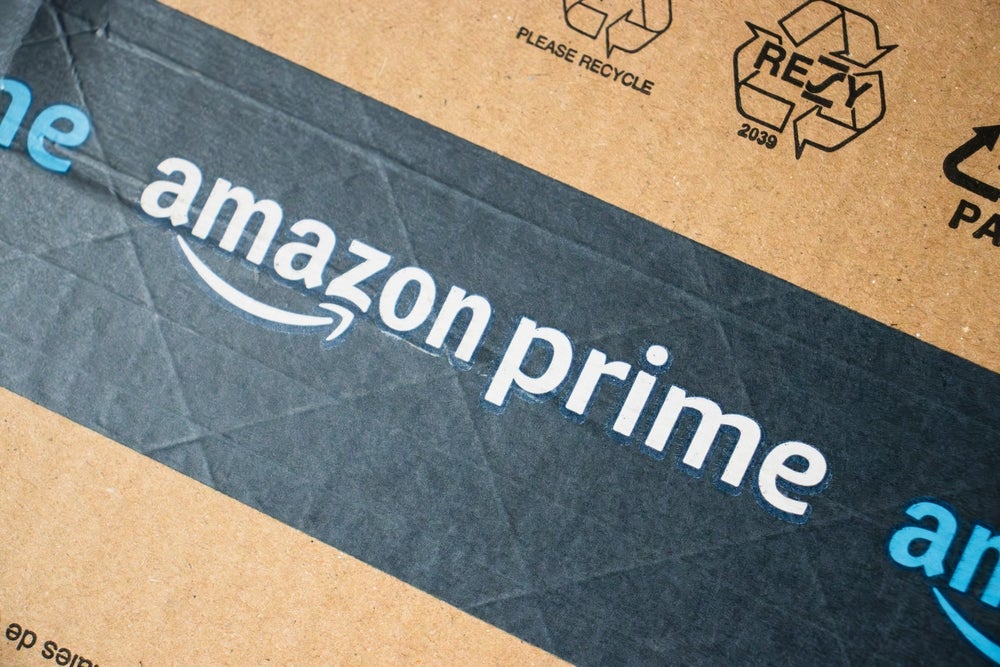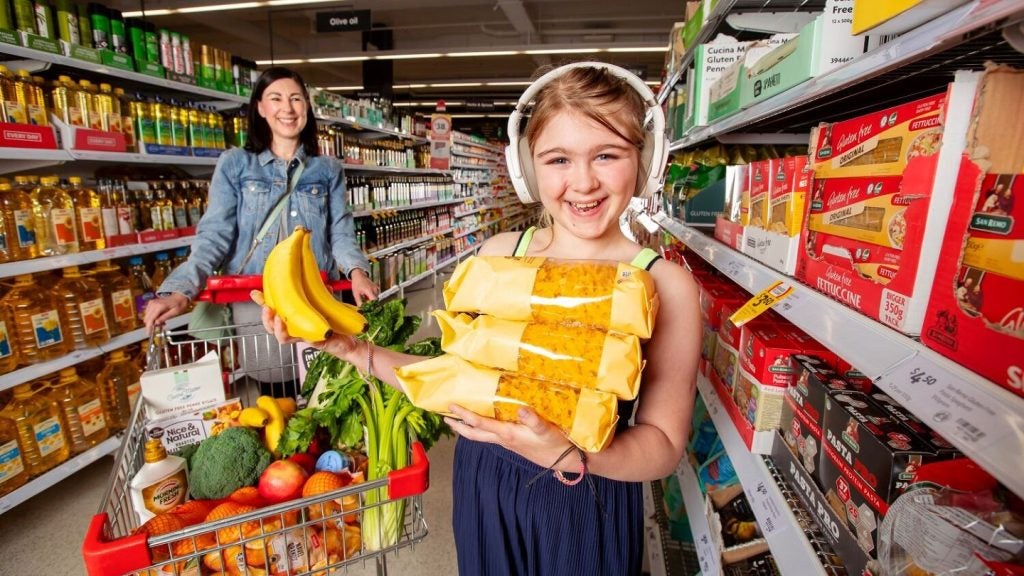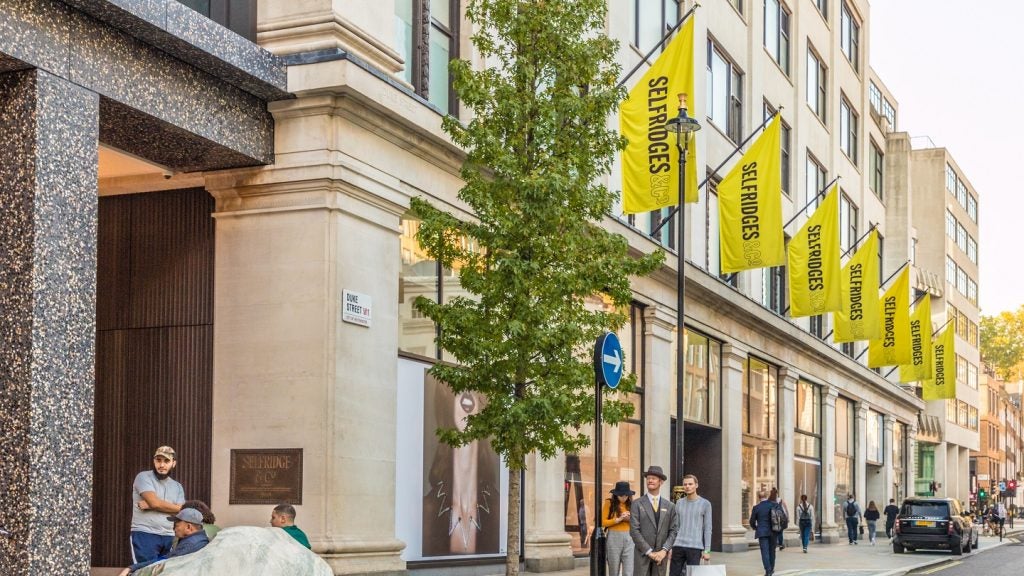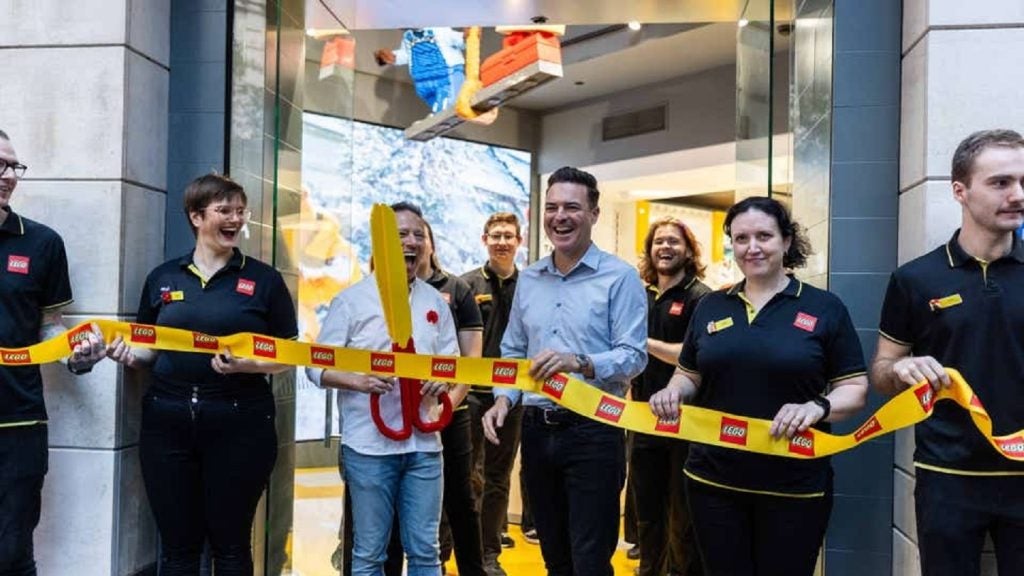Mobile app development company Bryj has surveyed 1000 consumers in the US on their attitudes and preferences towards using retail mobile apps.
While mobile apps have become part of the furniture across the industry, as nearly three in four (74%) consumers expect retailers to offer mobile apps, this has failed to result in seamless and accessible user experiences across the board.
Indeed, 44% of consumers are only somewhat satisfied with the mobile shopping experience and wish for enhancements while 8% are dissatisfied.
It’s crucial for retailers to hone in on improvements to mobile offerings and not get spooked by constantly changing technologies, as 60% of US consumers are more likely to shop with a retailer that offers a mobile app.
What do consumers want from retail mobile apps?
In-app exclusive rewards were highlighted as a key factor influencing consumer preference for mobile shopping (83%).
Additionally, 83% of consumers would be more likely to purchase an item from a mobile app that offers personalised recommendations and this is especially critical for digitally native Gen Z and Millennial shoppers (91%). These are percentages that retailers cannot afford to ignore.
Amid inflationary pressures, 76% of consumers ranked discounts and deals as the most valuable feature of mobile apps. This is followed by loyalty programmes (57%) and ease of payment (54%).
As for in-store, 55% of consumers are more likely to make in-store purchases if retail employees have access to mobile handheld devices to check inventory while 45% of respondents said the same about mobile checkout.
Bryj CEO Lawrence Snapp commented: "When done right - with personalisation, convenience and agility at the core - mobile experiences are a powerful tool to deepen customer relationships, build loyalty and drive greater business value."
GlobalData’s intelligence confirms that retailers including Alibaba, Amazon and ASOS are all pioneers in terms of investing in mobile to improve the shopping experience and demonstrate that prioritising mobile can drive total revenue.


